
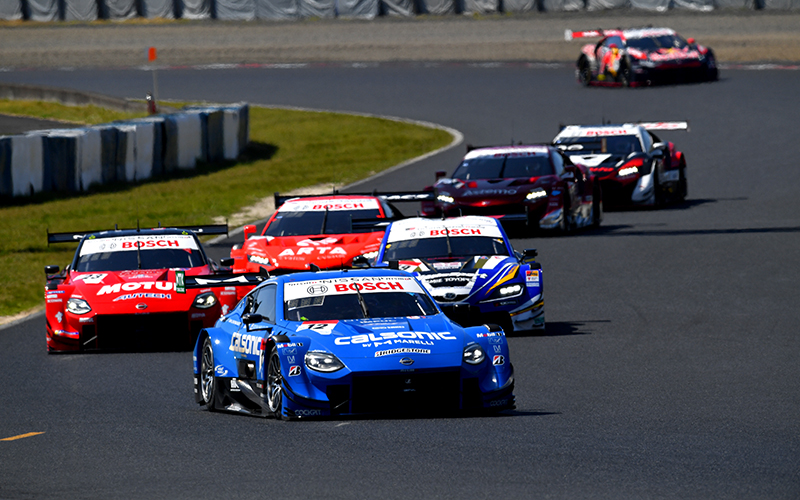
By February of 2023, the participating SUPER GT teams have begun tests and announcing their team make-ups in preparation for the new season. Meanwhile, the GTA has been notifying the teams and others of the 2023 Sporting Regulation and accompanying rules.
This season, in line with the “SUPER GT Green Project 2030” (*) announced last year, the number of sets of tires that can be brought to each round will be reduced, the length of some of the races will be changed and carbon neutral fuel (CNF) will be adopted.
(*) Click here for information about the “SUPER GT Green Project 2030”
Also, in the realm of safety, measures will be a strengthening from this season by putting down operational methods clearly in writing, alterating of the process for implementing Full Course Yellow (FCY), and more. Here, we want to explain the contents of these measures in simple terms.
(*) Photographs shown here are for use as images of article content. They are not connected directly to the actual contents.
Number of sets of dry-use tires per-round is five. Reduction of one set from last year
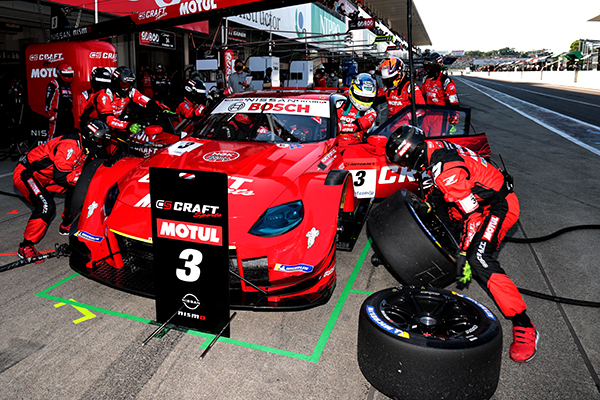
From the 2023 season, the number of sets of tires that can be brought in by a team for use in one round (from the official practice, through the Qualifying and the final Race) as marking tires is five sets (one set = four tires, two front, two rear) for dry-use tires and six sets for wet-use tires. This is one set less for both dry- and wet-use tires compared to last year.
This will contribute to reductions in the economic cost and environmental footprint for each team, and from the standpoint of the tire makers, it can encourage the development of technology to make tire grip last longer. Also, for the teams and drivers, this regulation change will create the need to find machine settings that make better use of the tires, while also creating the need for driving technique that makes tire grip last longer. This will in turn lead to more exciting competition between teams in the latter stages of the races.
The number of 450km long-distance races increased to five
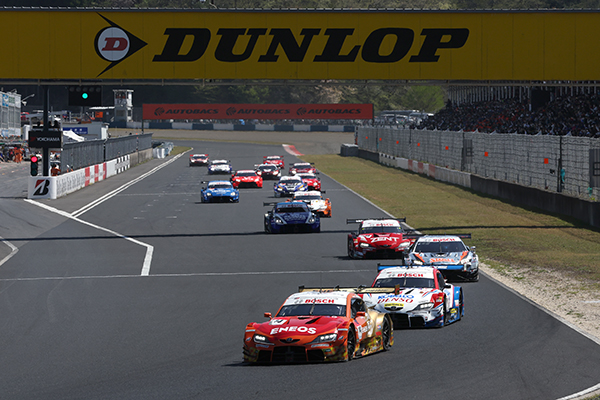
2023 Race Distances and Requirements
| Round | Dates | Circuit | Race Distance | Race Requirements |
|---|---|---|---|---|
| Rd. 1 | Apr. 15, 16 | Okayama Circuit | 300km | No tire change required |
| Rd. 2 | May 3, 4 | Fuji Speedway | 450km | 2 refueling stops required |
| Rd. 3 | June 3, 4 | Suzuka Circuit | 450km | 2 refueling stops required |
| Rd. 4 | Aug. 5, 6 | Fuji Speedway | 450km | 2 refueling stops required |
| Rd. 5 | Aug. 26, 27 | Suzuka Circuit | 450km | 2 refueling stops required |
| Rd. 6 | Sept. 16, 17 | Sportland Sugo | 300km | |
| Rd. 7 | Oct. 14, 15 | Autopolis | 450km | 2 refueling stops required |
| Rd. 8 | Nov. 4, 5 | Mobility Resort Motegi | 300km | No tire change required |
*) For 450km races, three drivers can be registered
*) Concerning details for each round, prior bulletins or supplementary regulation documents are sent to out in advance by GTA.
In the 2023 season, there will again be eight rounds held at six circuits, but this season the number of the rounds with a race distance of 450 km will be increased to five. Last season there five rounds with a race distance of 300 km and three with a race distance of 450 km.
In the 450km races, at least two pit stops involving refueling are required, so a lower volume of fuel can be carried for each stint than with a 300km race. This means that the car weight will be reduced, and speed can be increased. Also, in last year’s 450km races, depending on the characteristics of the individual teams’ cars and tires, as well as their drivers’ qualities, or special measures they might take, it was possible for teams to come to the races with different race strategies. What’s more, even if a team lost ground in the early stages, the 450km distance often made it possible for them to catch up in the later stages. So, we can expect even more races to have those kinds of thrilling developments that the spectators won’t be able to take their eyes off.
Adoption of carbon neutral fuel as an environmental measure
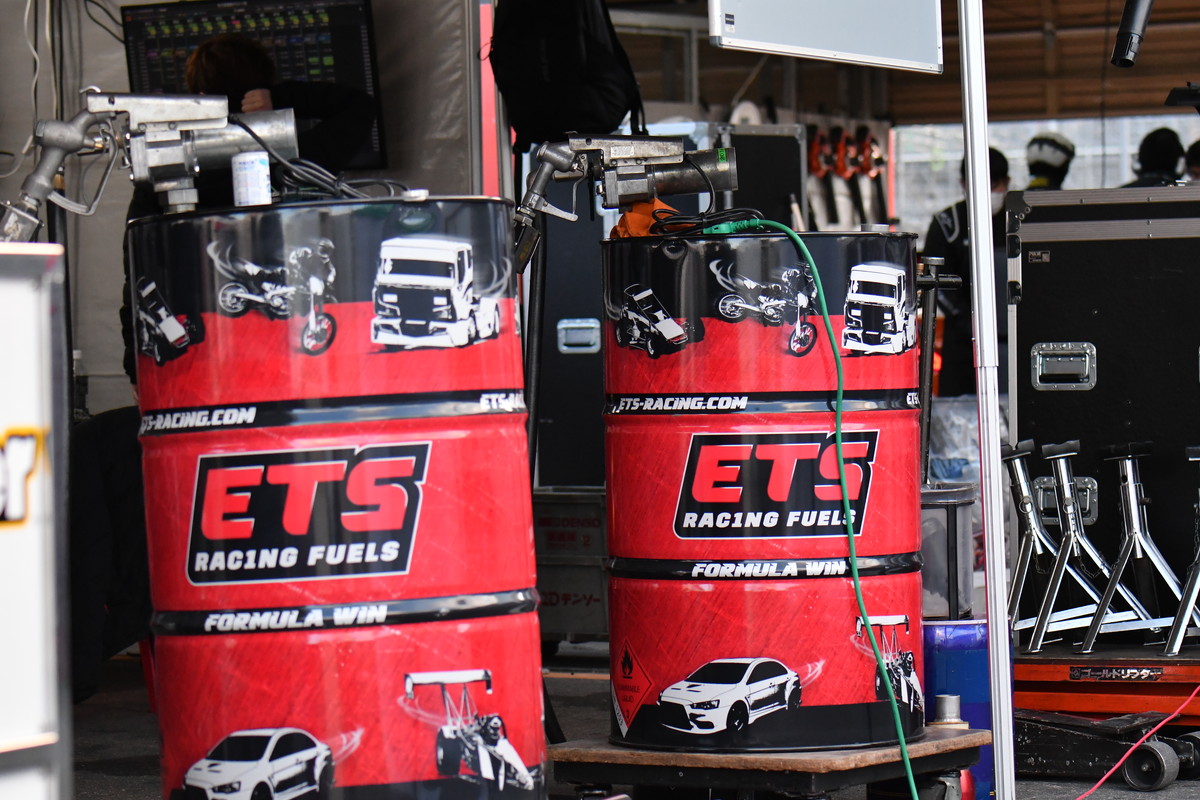
In November 2022, on the day after the final race of the season at Mobility Resort Motegi, test runs were conducted for both SUPER GT classes using carbon neutral fuel (CNF produced by Germany’s Haltermann Carless from non-fossil fuel-based biomass for a minimal environmental footprint). After that each of the carmakers continued to run engine bench tests with the fuel, resulting in the decision to adopt it from the opening round of this season.
The test conducted until now have shown that the CNF enables performance comparable to the existing gasoline fuel used until now. What’s more, it also produces a comparable engine exhaust sound from the car.
Slow-running periods clearly defined
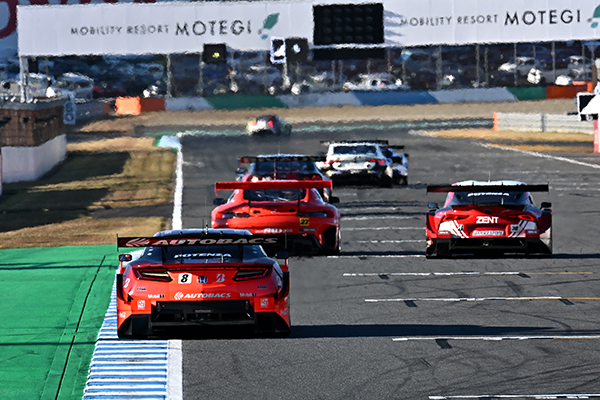
Taking lessons from the crashes that occurred in the 2022 season, briefings were held before the races in the following rounds to alert the drivers to the dangers involved. This season, in order to again ensure greater safety in the race operations and for the drivers, a “Drivers’ Compliance” document has been prepared that clearly states, “During all practice sessions and the race, in the event of an unavoidable slowdown due to vehicle trouble, etc., the driver shall notify the following cars by flashing the hazard or blinker and take safety measures so as not to obstruct other cars on the track.”
Qualifying Times with Off-track Intervals Will Not Be Accepted
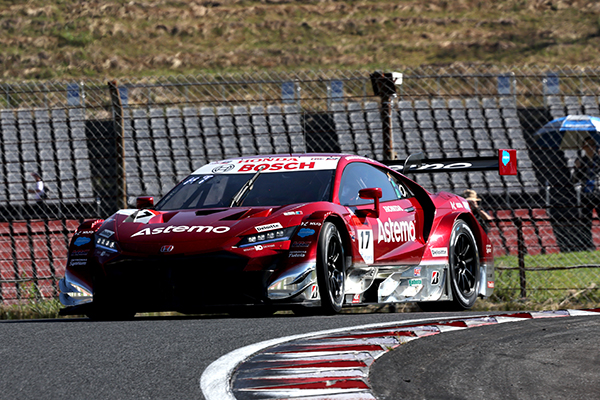
Until now, it was written in the“Driver’s Compliance” that intervals where a driver ran off the track in Qualifying sessions or a race were deemed to result in an advantage (improved time, etc.), the driver would sometimes be given a time penalty.
For this season, however, it is now clearly stated in the Qualifying regulations that a lap time in which the driver ran off the track will not be accepted, regardless of any judgement regarding an advantage gained as a result. Furthermore, if a Yellow Flag is shown during a Qualifying session to indicate a requirement to slow down, no lap times will be accepted from that said lap, regardless of whether the requirement to slow down was met or not. This means that drivers will be expected to run with greater precision and attention to safety.
FCY declaration procedure to begin with waving of the Yellow Flag, followed by posting on the FCY Board
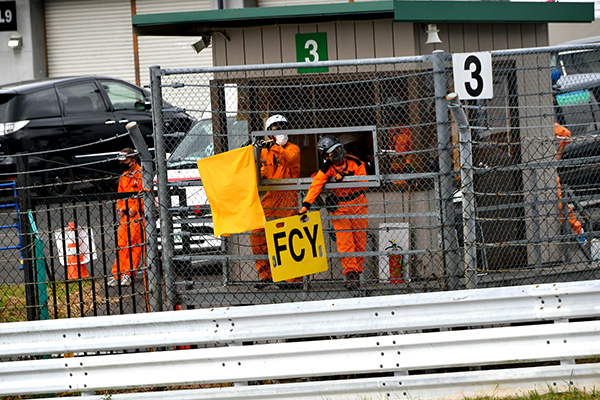
Until now, an FCY notice appeared on the FCY Board as soon as the FCY was declared, but from this season, the waving of the Yellow Flag will indicate the start of the FCY period. Then, 10 seconds after the waving of the Yellow Flag, the FCY Board will be shown over the track and all cars will be required to reduce speed to a maximum of 80 km/h. This measure is adopted because there has been confusion on the track in the past due to drivers seeing the FCY Board first and immediately beginning to slow down. So, with this change the drivers will clearly see the Yellow Flag first and know the meaning clearly. Note that there will be no change in the operation of the monitors mounted in the cars, with the showing of the FCY period and its finish.
In these ways, although SUPER GT will be taking measures to reduce CO2 emissions by 2030 for environmental reasons, we are sure that everyone will find the racing on the track in 2023 every bit as powerful and exciting as ever. So, we hope everyone will look forward to the season opening.
| 4/13-14 | Round1 OKAYAMA | |
| 5/03-04 | Round2 FUJI | |
| 6/01-02 | Round3 SUZUKA | |
| 8/03-04 | Round4 FUJI | |
| 9/21-22 | Round6 SUGO | |
| 10/19-20 | Round7 AUTOPOLIS | |
| 11/02-03 | Round8 MOTEGI | |
| 12/07-08 | Round5 SUZUKA |